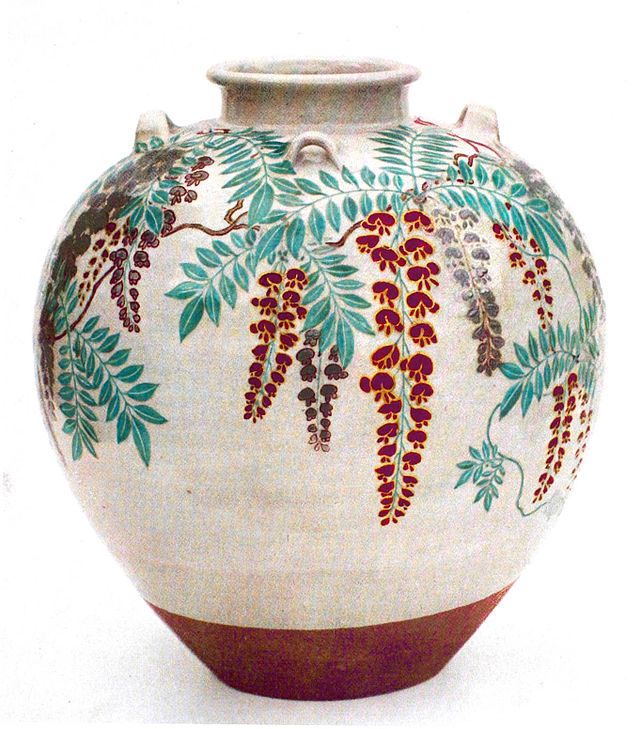Translation brings you down many interesting paths where you are encouraged, if not forced, to learn about a veritable cornucopia of different subject areas and disciplines. In this article, I discuss the process of volunteer translating a brief Wikipedia article on Japanese Akazu ware, a type of pottery located near Seto.
Akazu Ware (赤津焼, Akazu-yaki): Art Intertwined with History
As I continue to accumulate translation experience, I am fortunate to have the opportunity to translate subject matter spanning through a variety of different disciplines. This Wikipedia article saw me translate a page from Japanese to English about Akazu ware, a type of Seto ware near Aichi Prefecture, Japan. Not only is this article abundant with terms relating to pottery terms, something that even in English I only have a limited knowledge about, it also references many historical figures and events, glazing technique names, and other little-known terminology.
This did not deter me. Instead, I took my time researching all about the content matter, learning much about Heian-period pottery and art. Several terms within the article did not have a proper English translation, and this posted an interesting challenge as I had a choice to either simply transliterate the Japanese word, or to attempt an equivalent English translation. Thankfully, upon further research, some terms, especially the glazing techniques’ names, were already translated to English.
However, one term, “瀬戸山離散 (Setoyama risan)”, which I ultimately translating as “The Seto Dispersion”, was moderately vexing as I could not find an official English term for it. What also added to my confusion was the addition of 山 in the compound. While Seto is home to mountainous terrain, there is no specific mention of mountains in Japanese historical documents regarding the event, only mentioning a general dispersion of potters moving from the Seto city region to the Minonokuni region. To this end, I decided to omit mentioning mountains in the English translation.
Getting Familiar with the Translation Process and CAT Software
This endeavor also saw me get more acquainted with the OmegaT open source translation software, as well as the research general process. As a translator, while it is important you are deeply familiar with your target and source languages and their corresponding countries’ cultures, it is equally, if not more important, to be proficient at researching. While you may be a specialist in a certain field with a mountain of glossaries, computer memories, and other tools at your disposal, there will always be a time where you need to learn about a completely novel concept.
Thoughts Moving Forward
While the Wikipedia article I translated wasn’t necessarily long, it did provide a host of unique challenges that I can expect to face as a translator moving forward, namely, learning new things about subject areas you may not be conversant in. Writing that article was a valuable experience, and I look forward to continuing translating (as well as providing other language services) more moving forward.

